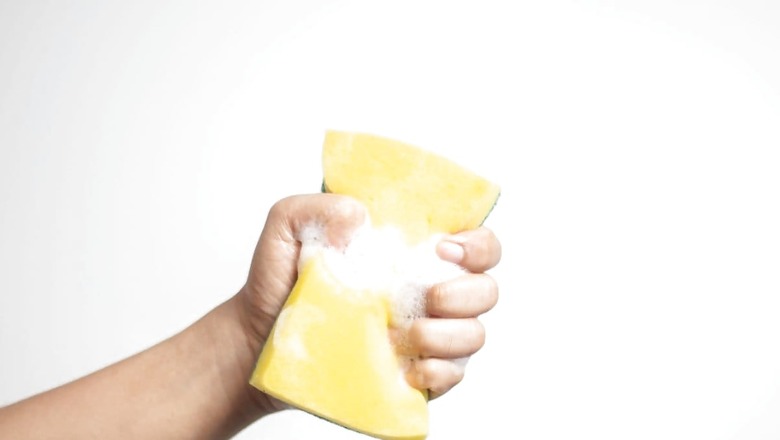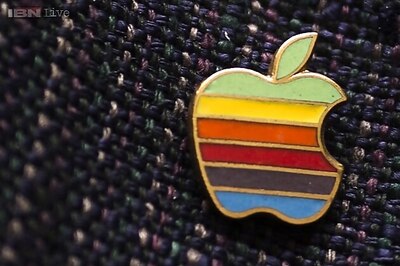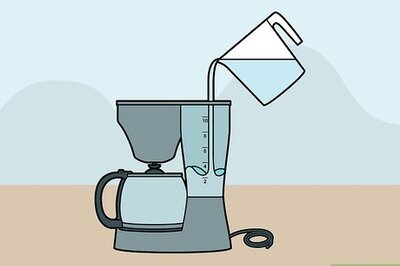
views
The kitchen, a central hub in every home where we prepare our meals, requires meticulous cleaning. We rely on various tools like sponges, cloths, rubber gloves and dusters to maintain hygiene. However, did you know that the common dishwashing sponge could actually be a source of infection? These sponges can harbour harmful bacteria, creating a breeding ground for pathogens that may lead to serious infections, often mistaken for food-borne illnesses.
Sponge attracts, absorbs and spreads harmful germs, contaminating the counter, kitchen equipment and dishes that you wash. A recent analysis published in Nature Chemical Biology highlights the alarming amount of germs stored in kitchen sponges, which could be even more than toilet bowls and pose bigger hazards than toilets. These sponges hold up to 54 billion bacteria per cubic centimetre, which could increase the risk of developing food poisoning. Further, Biomedical engineers at Duke University have substantiated in their research that kitchen sponges serve as ideal environments for microbial growth due to their structure.
Fatal illnesses the germs on the cleaning sponge can cause include meningitis, pneumonia, high fever, bloody diarrhea and life-threatening blood poisoning.
Types of germs that could be found on sponges are:
According to a blog by American Pharmacy, Suzy and Cohen, several types of bacteria can breed on sponges:
Campylobacter
The term ‘Campylobacter’ refers to curved bacteria that can cause diarrhoea, gastrointestinal pain, fever and nausea. It is commonly found in undercooked chicken, unpasteurised milk and contaminated food.
Enterobacter cloacae
It is a part of the normal gut flora and can attack your skin, respiratory tract, internal organs and even blood. In some cases, these germs could lead to pneumonia, blood poisoning, severe urinary tract infections and even meningitis.
E. Coli
This is one of the most widespread organisms and is commonly associated with food poisoning, which can cause stomach pain, bloody diarrhoea and potentially fatal complications if not taken care of. In some cases, it might also cause life-threatening complications like kidney failure, bloody stools, and dangerous thrombocytopenia.
Klebsiella
Another bacteria found in the sponges. It dwells inside the natural flora of the gut and becomes stronger in people who have poor immune function. This could lead to several infections like pneumonia and urinary tract infections.
Moraxella
This could be the most common bacteria that you might have encountered but never heard of. This organism is the reason behind the musty odours in your wet clothes. It also lives in the sponge and can cause problems like skin lesions and arthritis.
Salmonella
It can cause fever, diarrhoea and abdominal cramps. The symptoms could be seen in 4 to 6 hours or can also take a week to show up.
Staphylococcus
One of the most common pathogens in the world, is responsible for causing skin and soft tissue infections.
Instead of sponges, you can use several other products to clean your kitchen space like scrub brushes, silicone brushes, single-use metal scrubs, hot-soapy water soaks and Dishwashers.




















Comments
0 comment